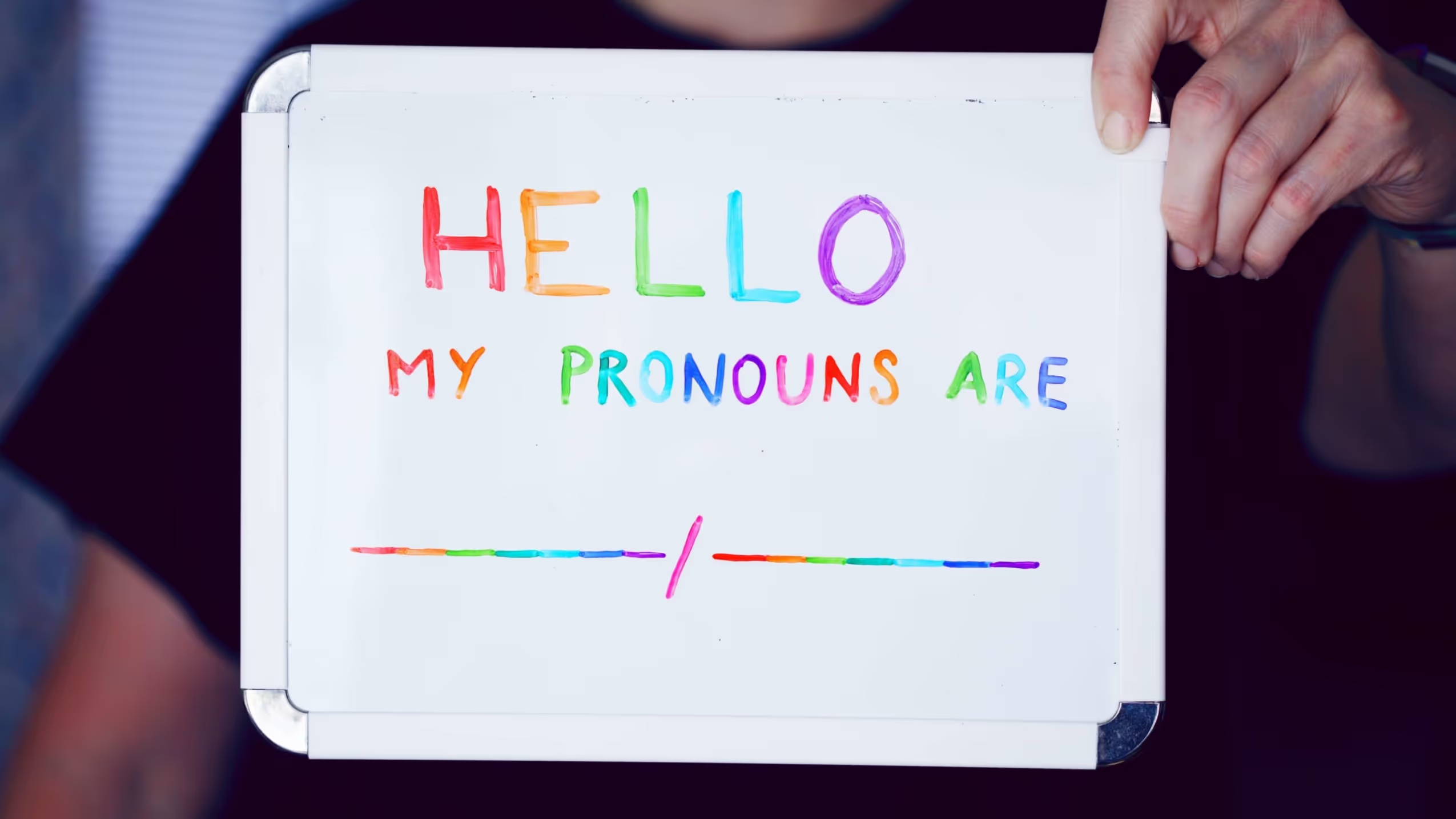Better Together: How Integrating PR and Content Builds Stronger Brands

Here’s something you see often: the PR team in one corner, building relationships with journalists and doing media monitoring. The content marketing team put their thinking caps on in another corner, cranking out blog posts and social campaigns. Both are working hard. Both are achieving results.
Both are doing their own thing.
PR creates stories that content could amplify. Content produces assets that PR could leverage. Yet in many organisations, opportunities to integrate these two often slip through the cracks.
Public relations and content marketing are two sides of the same coin. Their impact multiplies exponentially when utilised together. We call this integrated communications.
How We Got Here (and Why It No Longer Makes Sense)
PR evolved from media relations— it was all about earned coverage, third-party credibility, and relationships with journalists. Content marketing grew out of direct marketing and SEO—focused on owned media, audience engagement, and traffic metrics.
It no longer makes sense to separate the two now because the lines have blurred. Journalists source stories directly from brand content. Brands act as publishers in their own right. Earned, owned, and paid media constantly intersect.
What Actually Happens When PR and Content Join Forces
When PR and content marketing stop coordinating and start integrating—aligned on strategy, sharing resources, working as one through integrated PR approaches—campaigns stop feeling like one-off bursts of noise and start building sustained, credible influence.
You Reach Further, Faster
Content gives PR something concrete to work with. Instead of pitching vague story ideas about products (which isn’t wrong, but journalists are less likely to care), PR teams can guide the media towards substantive thought leadership, original research, or compelling narratives that already exist. Meanwhile, PR gives content the distribution that it couldn't achieve alone. Earned media placements drive traffic to your owned content. Media relationships open doors for contributed articles and expert commentary that content can't access.
When PR and content marketing work as one, a cycle emerges: content fuels credibility, credibility captures media interest, and media visibility amplifies your owned channels.
You Build Deeper Trust
Modern audiences are savvy. They see through brand messaging. They value earned media but find traditional press releases promotional. They appreciate branded content but know it comes with bias.
Integrated communication strategies solve both problems. You create useful content that demonstrates expertise, then validate that knowledge through third-party coverage. The combination is more convincing than either approach alone.
When a content strategy agency bakes PR thinking into its content from day one and vice versa, every asset serves multiple purposes—direct audience value, media pitch material, and reputation building all at once.
You Stop Wasting Resources
Integrated PR cuts to the chase. That thought leadership piece you’ve worked on for weeks (with endless rounds of approvals!) becomes the foundation for audience education, media outreach, social storytelling, and even sales enablement.You're not just saving time and money—you're making sure everyone shares the same narrative across every touchpoint.
You Move Faster When It Matters
When a crisis hits or an opportunity knocks, integrated communication teams respond decisively. No emergency alignment meetings required.
PR and content teams already share context and strategy, they can roll up their sleeves and get to work immediately. Content adapts to support reputation needs. PR amplifies strategic messages. Everyone moves as one.
In Asia Pacific's rapid-fire markets, this agility often determines whether you control the narrative or get swept up in someone else's.
Making Integration Actually Work
Real integrated PR isn't about adding people to Slack channels or scheduling weekly syncs. It requires rethinking how teams work together from the ground up.
Start with Unified Planning
Bring PR and content together from day one of any major initiative. Before anyone builds calendars or finalises strategies, align on:
- The message house: The core story
- The audience: Who needs to hear it and what they care about
- Content assets: Make sure they work for both owned and earned channels
- Media opportunities: Supported by content
- Shared metrics: To capture the combined impact
This upfront work prevents the downstream chaos and confusion of misaligned teams working at crossroads.
Measure Success the Same Way
Integrated communication requires you to share the same metrics that drive results.
Consider tracking things like:
- How your key messages perform across earned and owned channels
- The full audience journey from content, to media coverage, to action
- Combined share of voice across all platforms
- Sentiment across every touchpoint (whether positive or negative)
How PR amplification boosts content performance versus organic reach
Build Content Together
The best content gets created with distribution in mind from the start. That means involving PR in content development and content teams in PR planning. Take a major research report — built collaboratively from the start. PR shapes which insights will resonate with journalists, identifies the most effective formats for each outlet, and guides which findings merit proactive pitching.
The same goes for spokesperson campaigns. Content teams should weigh in early—identifying which owned platforms will support key messages and maintain consistency.
Create Flexible Story Systems
Your brand story needs to work seamlessly whether it appears in a press release, blog post, feature article, social content, video, or event. That’s when story frameworks come in—flexible enough to adapt across platforms while maintaining core consistency through integrated communication approaches.
For example, let’s think modular — start with a core theme like “Better for you, better for the planet.” For PR, that becomes a data-driven story about sustainability and changing consumer habits. For content marketing, it turns into recipes and lifestyle tips that highlight versatility. For social media, it’s short, shareable moments celebrating mindful choices.
Different formats, same message. Every piece reinforces the brand’s position as the modern, conscious alternative.
Make Technology Work for You
Use tools that enable collaboration rather than reinforcing silos. Shared content libraries, unified editorial calendars, integrated monitoring, style guides, and collaborative project management make integrated PR a practical approach.
Why This Matters Even More in the Asia Pacific
For brands in Asia Pacific, integrated PR and content marketing strategies aren't nice-to-haves—they're necessities that will help you stay ahead of the curve.
Regional campaigns demand carefully adapted messaging that maintains brand consistency while respecting local nuances. This requires seamless collaboration between content development and regional PR teams who understand local media, cultural sensitivities, and audience preferences.
Integrated communication also addresses the fragmented media landscape across the Asia Pacific markets. Singapore values established business media. Malaysia responds to expert voices and credible storytelling. Indonesia leans on influencer content and digital platforms. Thailand prioritises local language and cultural relevance. Content marketing and public relations must work together to navigate this complexity. And the Philippines thrives on human-interest storytelling and emotional resonance.
What This Looks Like in Real Life
Here's how an integrated PR and content campaign might unfold:
Research phase: Content commissions original research; PR advises on what findings will attract media interest
Content creation: Multiple content formats are built—comprehensive report, visual summaries, blog analysis, video content—all designed for both owned publishing and media outreach
Launch: Owned content goes live as embargoed media outreach lands, creating simultaneous owned and earned impact
Amplification: Coverage secured by the PR team drives traffic to owned content; owned content provides depth for audiences arriving via media mentions
Extension: Both teams keep leveraging assets through ongoing amplification and media opportunities for months
These steps highlight an integrated communications strategy where both sides are working in sync.
Making the Shift
Integrating PR and content marketing takes real organisational commitment. However, brands that make this transition consistently outperform those clinging to silos.
The question isn't whether content marketing and public relations should work together. It's how fast you can make that integrated PR approach your competitive edge.
As an integrated content strategy agency, we bring PR, content, social, brand, and design together.. Beyond seamless coordination across departments and regions,s, we integrate these disciplines strategically to deliver measurable business impact across Southeast Asia. Break down silos and amplify results by reaching out to us at hello@mutant.com.sg.
References
Carim, L., & Warwick, C. (2013). Use of social media for corporate communications by research-funding organisations in the UK. Public Relations Review, 39(5), 521-525.
Hallahan, K., Holtzhausen, D., Van Ruler, B., Verčič, D., & Sriramesh, K. (2007). Defining strategic communication. International Journal of Strategic Communication, 1(1), 3-35.
Hollebeek, L. D., & Macky, K. (2019). Digital content marketing's role in fostering consumer engagement, trust, and value: Framework, fundamental propositions, and implications. Journal of Interactive Marketing, 45, 27-41.
Lieb, R. (2011). Content marketing: Think like a publisher - How to use content to market online and in social media. Que Publishing.
Smith, B. G. (2012). Public relations identity and the stakeholder-organization relationship: A revised theoretical position for public relations scholarship. Public Relations Review, 38(5), 838-845.




































.avif)







.jpg)






.avif)




.jpg)











































